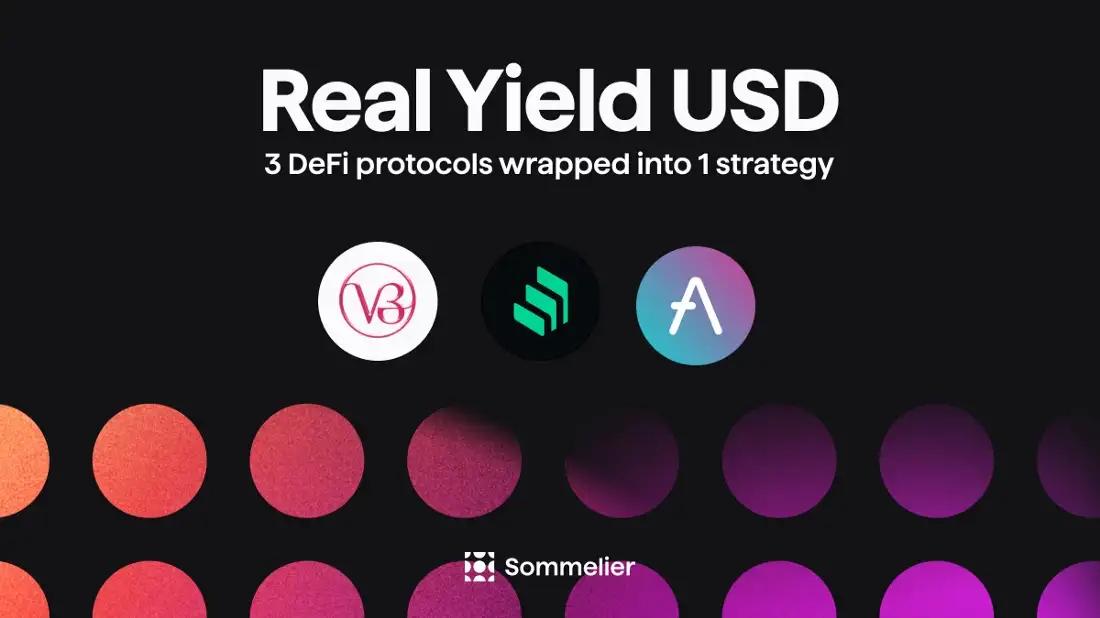Is Speculation Killing Crypto’s Future?
The future of crypto may not lie in fleeting speculation but in creating systems that deliver genuine, sustainable value. Future growth is funded by real cash flows rather than speculative token sales.

The crypto space is undergoing a profound and much-needed transformation, but the question remains: is sustainable value achievable in this rapidly evolving industry? High fully diluted valuation (FDV) token launches with low float are now facing increasing scrutiny as the call for real use cases and consumer applications grows louder. Simultaneously, new tokenomics models that align better with genuine value creation are emerging, challenging the status quo where token prices have been driven largely by speculative demand.
Historically, crypto prices surged on the promise of exponential growth and the allure of quick gains. While this speculative fervor still exists, it is no longer the sole driving force. As a builder in this space, I'm witnessing a significant shift: developers are focusing on creating applications with long-term viability and broader appeal, extending beyond incentivized farming.
We're approaching a critical turning point in what justifies and drives price action in crypto tokens. Is a more sustainable, value-driven model possible in the industry?
At the heart of this transformation is a growing focus on organic revenue streams. Revenu is a proxy for usefulness; when users are willing to pay for a service, it indicates its value. More revenue equals proof of utility – a concept that's becoming increasingly crucial in a maturing market. Yet, the current state of revenue generation in decentralized applications (dApps) presents a mixed picture. While some widely-adopted apps are generating substantial revenues—$927M for Lido, $854M for Uniswap, $280M for MakerDAO, and $276M for Aave over the past year - this revenue often accrues to liquidity providers rather than token holders or protocol treasuries.
Nevertheless, the industry is waking up to untapped revenue streams. For example, the so-called $UNI “fee switch” could direct a portion of trading fees to Uniswap governance token holders, a topic that's been hotly debated within Uniswap governance. The Aave community is also considering similar measures. However, the question remains: does this new focus on revenue capture truly signify a shift towards sustainable value, or is it just another layer of complexity in an already convoluted system?
The ongoing debate between Uniswap and MetaMask over swap fee revenue further illustrates this issue. Who captures the value, and how is it distributed? Uniswap Labs built the front end to interact with its decentralized exchange (DEX); while UniswapX facilitates off-chain counterparty discovery with on-chain settlement. UNI token holders could potentially access on-chain fees; and MetaMask captures Maximal Extractable Value (MEV). Each party’s claim to the cash flows creates a complex competition. Similar dynamics are emerging across the industry as more growth is funded by real cash flows rather than speculative token sales.
Are these efforts genuinely moving us towards a sustainable model, or are we just seeing more jockeying for position in a space still driven by speculative gains? These questions are becoming central to protocol design and tokenomics. As dApps and wallets compete for market share, the distribution of fees will likely become a key differentiator.
Remarkably, alternative sources of revenue like MEV have gained traction faster than the seemingly obvious primary revenue derived from user payments. Much of this can be attributed to fierce competition among protocols to incentivize usage, making many reluctant to divert potential incentives to token holders.
The disconnect between protocol usage and token value is driving a reevaluation of tokenomics models. We're seeing the rise of metric-based token unlock models, where vesting is tied to specific milestones, or a hybrid approach combining time-based lockups with performance-based acceleration. These models align incentives more closely with actual value creation.
New projects are learning from the first generation of dApps, whose governance tokens were often valued based on speculative promises rather than actual profits. This approach has given the industry a reputation for volatility and detachment from reality, despite many dApps showing a clear product-market fit.
With the benefit of hindsight, metrics-based tokenomics offer a compelling means of aligning token holders with long-term value creation goals. This shift will help propel a new generation of dApps with communities driven to achieve strong and sustainable user adoption.
As we navigate this transition, questions arise: What happens to token prices when speculative demand evaporates? How will projects adapt to this new reality? The answers to these questions will likely shape the next phase of crypto's evolution.
We stand at a crossroads. The crypto industry is maturing, and with maturity comes a reevaluation of what truly drives value. Builders and investors must adapt to this evolving landscape by focusing on creating and recognizing sustainable value propositions. After all, isn’t price just the market’s way of validating an asset’s value? In this new era, the projects that thrive will be those that demonstrate their worth beyond mere hype.
The future of crypto may not lie in fleeting speculation but in creating systems that deliver genuine, sustainable value. Is it time to embrace this transformative shift and commit to building with a focus on long-term sustainability? The conversation is just beginning, and how we navigate this change will shape the next era of the industry.
By Kristi Põldsam, Co-Founder of Sommelier
More articles
© 2025 Somm by Bajanss OÜ –Maakri 36-50, Tallinn, Estonia 10145



